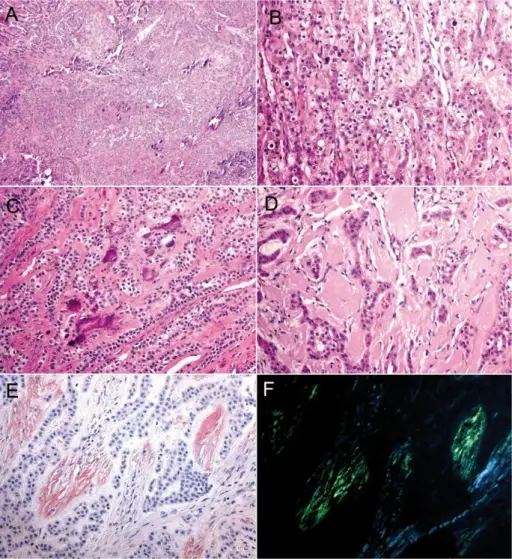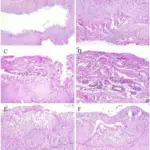A calcifying epithelial odontogenic tumor (Pindborg tumor) is a rare benign epithelial odontogenic neoplasm of slow growth that is locally aggressive and tends to invade bone and adjacent soft tissue.
What is the Pathology of Calcifying Epithelial Odontogenic Tumor?
The pathology of calcifying epithelia odontogenic tumor is:
-Etiology: The cause of the calcifying epithelial odontogenic tumor is unknown.
-Genes involved: Involvement of PTCH1 mutation.
-Pathogenesis: The sequence of events that lead to calcifying epithelial odontogenic tumor originate from the epithelial rests of the dental lamina or from the reduced enamel epithelium that overlies the crowns of the teeth.
-Histology: The histology associated with calcifying epithelial odontogenic tumor shows sheets of polyhedral, eosinophilic squamous epithelial cells with focal psammoma bodies.
How does Calcifying Epithelial Odontogenic Tumor Present?
Patients with Calcifying Epithelial Odontogenic Tumor typically affect males and females present in the age range of 40-50 years. The symptoms, features, and clinical findings associated with calcifying epithelial odontogenic tumors include enlarging, painless mass, nasal airway obstruction, epistaxis, and proptosis are sometimes experienced in the maxilla.
How is Calcifying Epithelial Odontogenic Tumor Diagnosed?
The calcifying epithelial odontogenic tumor is diagnosed by incisional and excisional biopsy.
How is Calcifying epithelial odontogenic tumor Treated?
The calcifying epithelial odontogenic tumor is treated by resection that includes a margin of normal soft tissue or bone is recommended.
What is the Prognosis of Calcifying Epithelial Odontogenic Tumor?
The prognosis of calcifying epithelial odontogenic tumors is fair.



